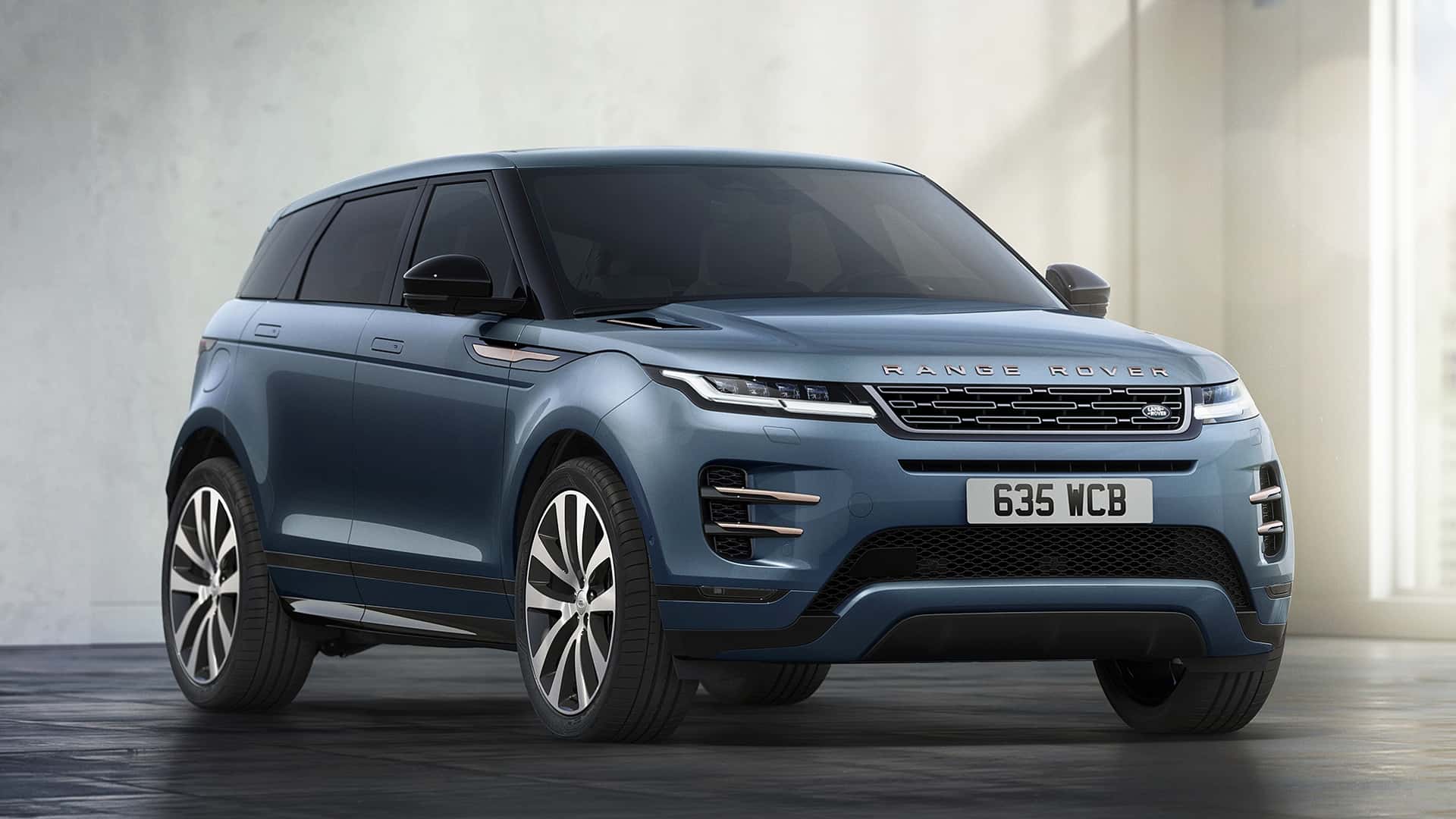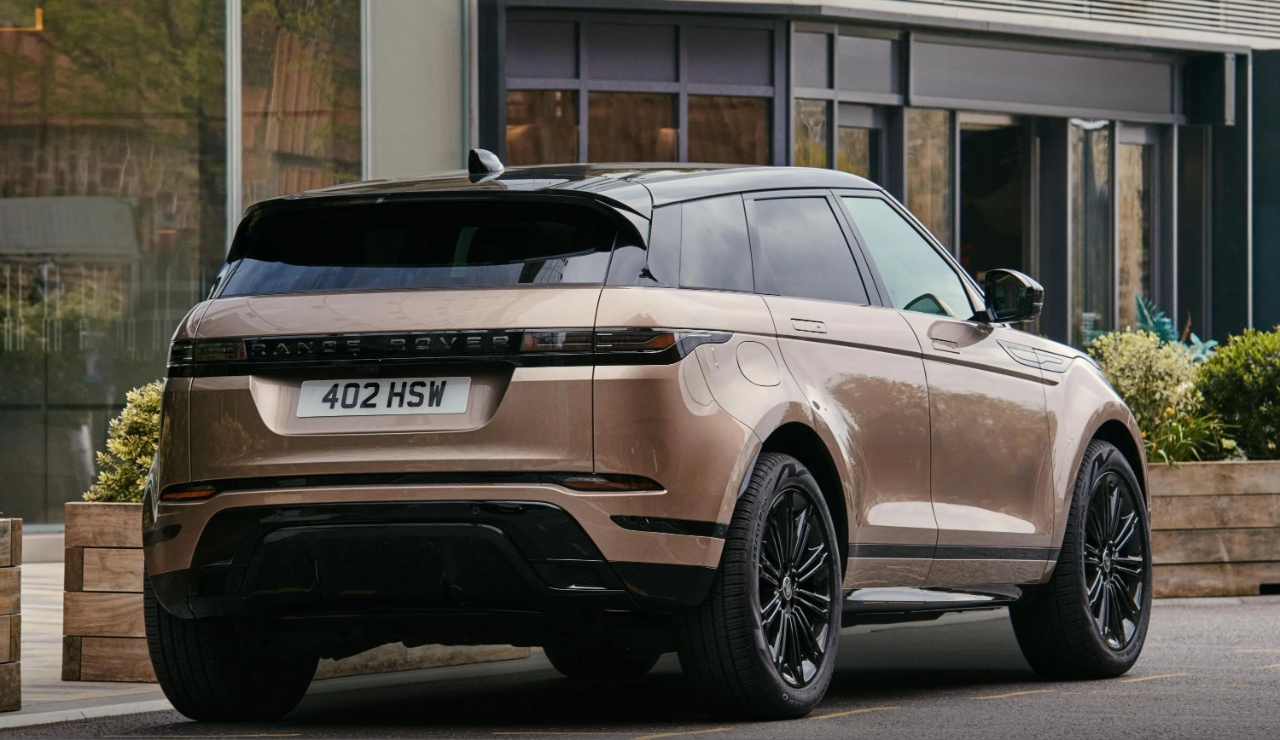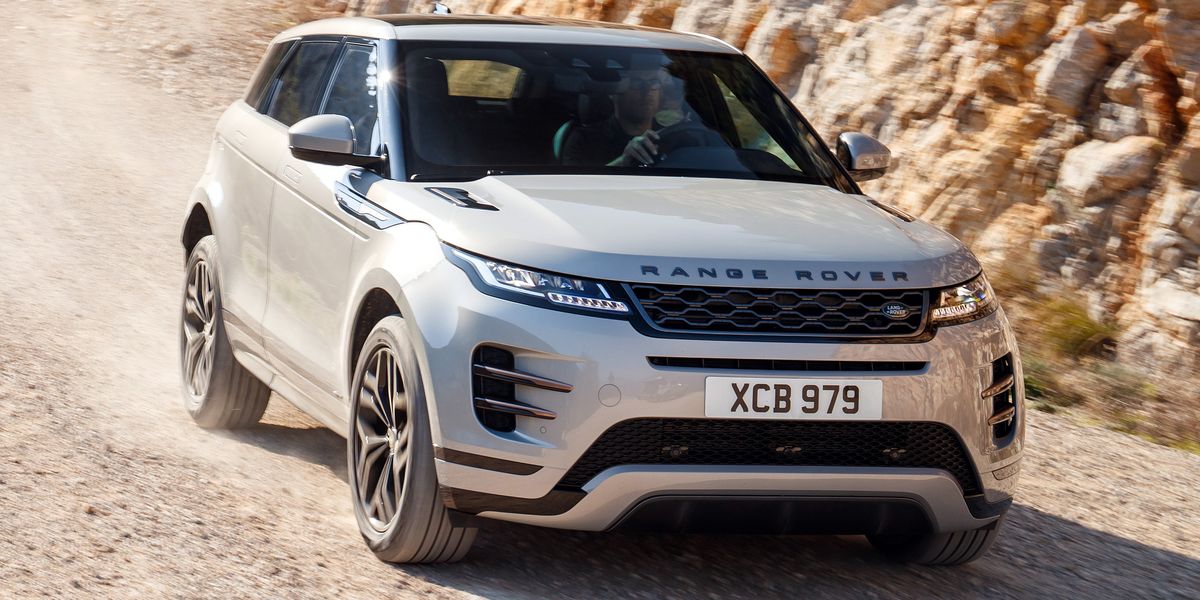Renowned British art critic Richard Wollheim in 1965, first introduced the term “minimal art” to describe a form of artistic expression that simplified its materials and forms to their essential elements. This concept evolved into the broader and enduring ethos of Western design and culture known as “minimalism.”
One can discern its influence in various aspects of modern life, from John Cage’s composition “4:33,” marked by four minutes and 33 seconds of silence, to iconic furniture like Arne Jacobsen’s Egg Chair and the streamlined offerings at Ikea. Minimalism extends to contemporary hotel rooms that challenge guests with intricate lighting and water controls, as well as sleek automotive designs exemplified by Range Rover.
Evoque’s Reductive Exterior Design
While Stanford University’s Rob Kapilow clarifies the concept as “minimalism,” the British SUV manufacturer Range Rover prefers to label their design philosophy as “reductive.” The 2024 Range Rover Evoque exemplifies that the result remains consistent, irrespective of terminology—a superior execution compared to upscale hotels, albeit with an inclination towards sparing switches and buttons.
Embracing reductive design on the Evoque’s exterior signals an expectation of subtle changes that might demand a discerning eye. The grille departs from the previous hexagonal mesh, adopting an artful arrangement of dashed lines to convey the Range Rover family’s heritage.

Flanking the grille are slimmer adaptive headlights, akin to those seen on the Velar, with each housing four small lighting units, each further containing 67 LEDs. This intricate design allows for adjustable lighting patterns to prevent blinding other drivers.
The exterior paint options expand with the introduction of colors like Arroios Grey, Corinthian Bronze, and Tribeca Blue, while Corinthian Bronze is available as a contrasting roof color alongside Narvik Black.
Evoque’s Minimalist Interior
The essence of reductive design is most pronounced within the Evoque’s interior. A previous review noted, “The Evoque’s interior mirrors the clean design of its exterior, which is unfortunate because that means most of the knobs and buttons were banished in favor of touchscreens and capacitive switches.”
In the 2024 model, the touchscreens have been consolidated into a single 11.4-inch unit positioned higher on the instrument panel. As expected from minimalism, buttons, and knobs have been entirely eradicated, emphasizing a clean, uncluttered aesthetic.
With the consolidation of functions into a single screen, two speed-dial menus appear along its sides, along with a quick menu for climate controls at the bottom. Around 80 percent of functions can be accessed with two taps from the home screen. However, the interface resembles a smartphone and may require some acclimation, with many shortcuts and functionalities concealed unless the owner delves into the manual.

The volume control, for instance, is located on the right-side screen menu, an unconventional placement. The steering wheel, on the other hand, features capacitive switches, offering a more aesthetically pleasing alternative to the utilitarian button layout of the past.
Eliminating the lower screen on the center console opens up space for a standard wireless phone charger and a storage compartment. The gear selector has also been downsized and integrated into the trim, accompanied by two larger, equally sized cupholders, replacing the previous asymmetrical design.
Muted color palettes, aligning with the minimalist trend, prevail in the Evoque’s cabin. Trim options include Shadow Gray Ash Veneer, dark anodized aluminum, and light anodized aluminum. The cabin’s brightest color, Cloud, is still paired with the contrasting Ebony.
Driving the Evoque
The reductive approach extends to the engine and trim choices. The 2024 Evoque is equipped with the P250 powertrain, featuring a turbocharged 2.0-liter Ingenium four-cylinder engine producing 246 horsepower and mated to a nine-speed automatic transmission.
The lineup has been simplified to include only the S and Dynamic SE models, with the HST and R-Dynamic variants no longer available, eliminating the 296-hp engine option. The vehicle maintains front struts and a multilink rear axle, with front-biased all-wheel drive as standard.
When behind the wheel of the Evoque, it becomes evident that its allure is primarily grounded in its aesthetics rather than its performance. While the turbocharged engine proves sufficient for everyday driving, it may feel somewhat sluggish when demanding sudden bursts of acceleration. Under typical conditions, the transmission executes smooth shifts. Moreover, the Evoque delivers a comfortable ride even when equipped with 20-inch wheels.
As expected from a two-ton urban crossover, the Evoque tends to display understeer and exhibits rather ordinary handling when pushed to its limits on winding roads. During more spirited driving, the brake pedal’s soft and elongated travel can diminish the driver’s confidence.
Remarkably, the Evoque’s soft brake pedal finds its perfect match in off-roading scenarios, where it excels. Setting itself apart from its peers in the same category, the Evoque shines with its remarkable off-road capabilities. While it diverges from its competitors in several aspects, the Evoque’s distinctive design, elegant interior, somewhat higher starting price, and exceptional off-road performance make it an ideal choice for minimalists seeking a less-traveled path.
Specifications
**2024 Land Rover Range Rover Evoque**
– Vehicle Type: Front-engine, all-wheel-drive, 5-passenger, 4-door wagon
**PRICE**
– Base: Core S, $51,075; Dynamic SE, $56,075
**ENGINE**
– Turbocharged and intercooled DOHC 16-valve inline-4, aluminum block and head, direct fuel injection
– Displacement: 122 in3, 1997 cm3
– Power: 246 hp @ 5500 rpm
– Torque: 269 lb-ft @ 1300 rpm
**TRANSMISSION**
– 9-speed automatic
**DIMENSIONS**
– Wheelbase: 105.6 in
– Length: 172.1 in
– Width: 75.0 in
– Height: 64.9 in
– Passenger Volume, F/R: 51/42 ft3
– Cargo Volume, Behind F/R: 51/22 ft3
– Curb Weight (C/D est): 4350 lb
**PERFORMANCE (C/D EST)**
– 60 mph: 7.1 sec
– 1/4-Mile: 15.5 sec
– Top Speed: 143 mph
**EPA FUEL ECONOMY**
– Combined/City/Highway: 22/20/27 mpg

